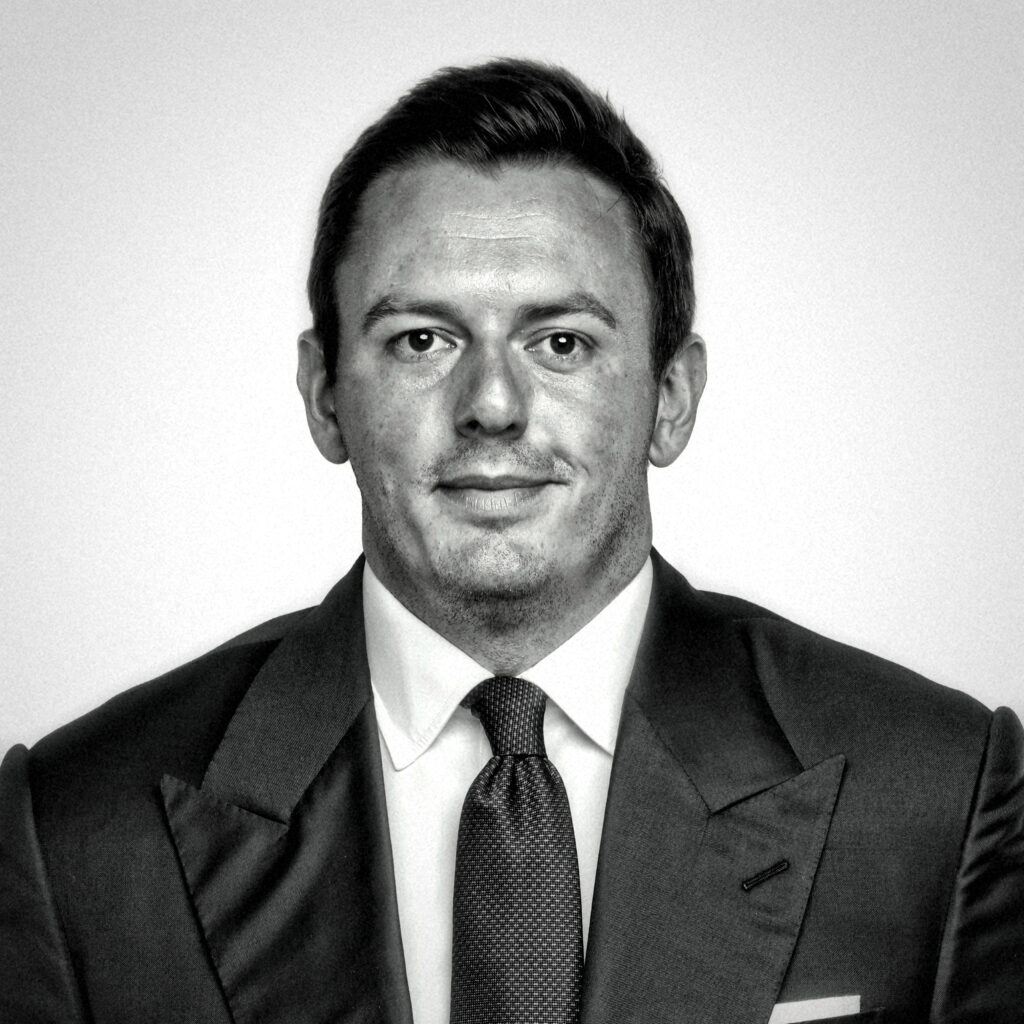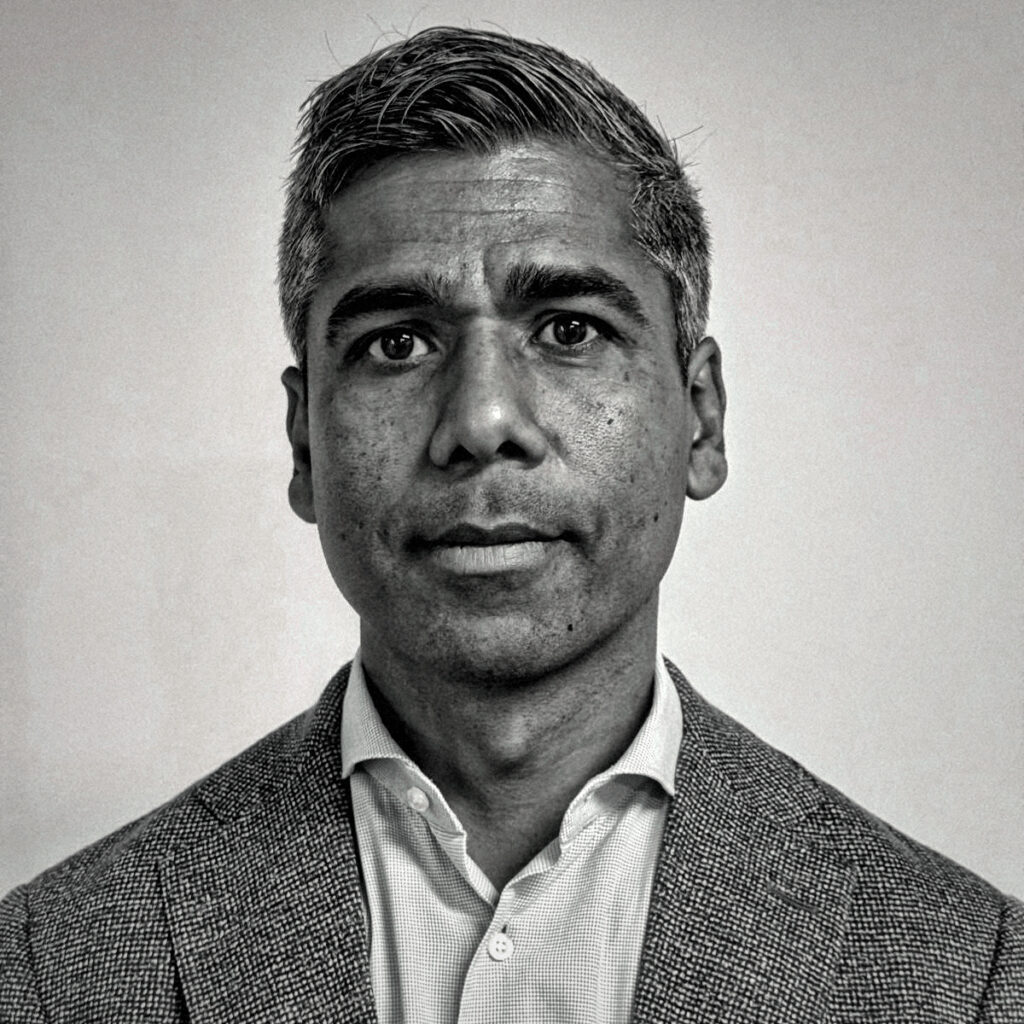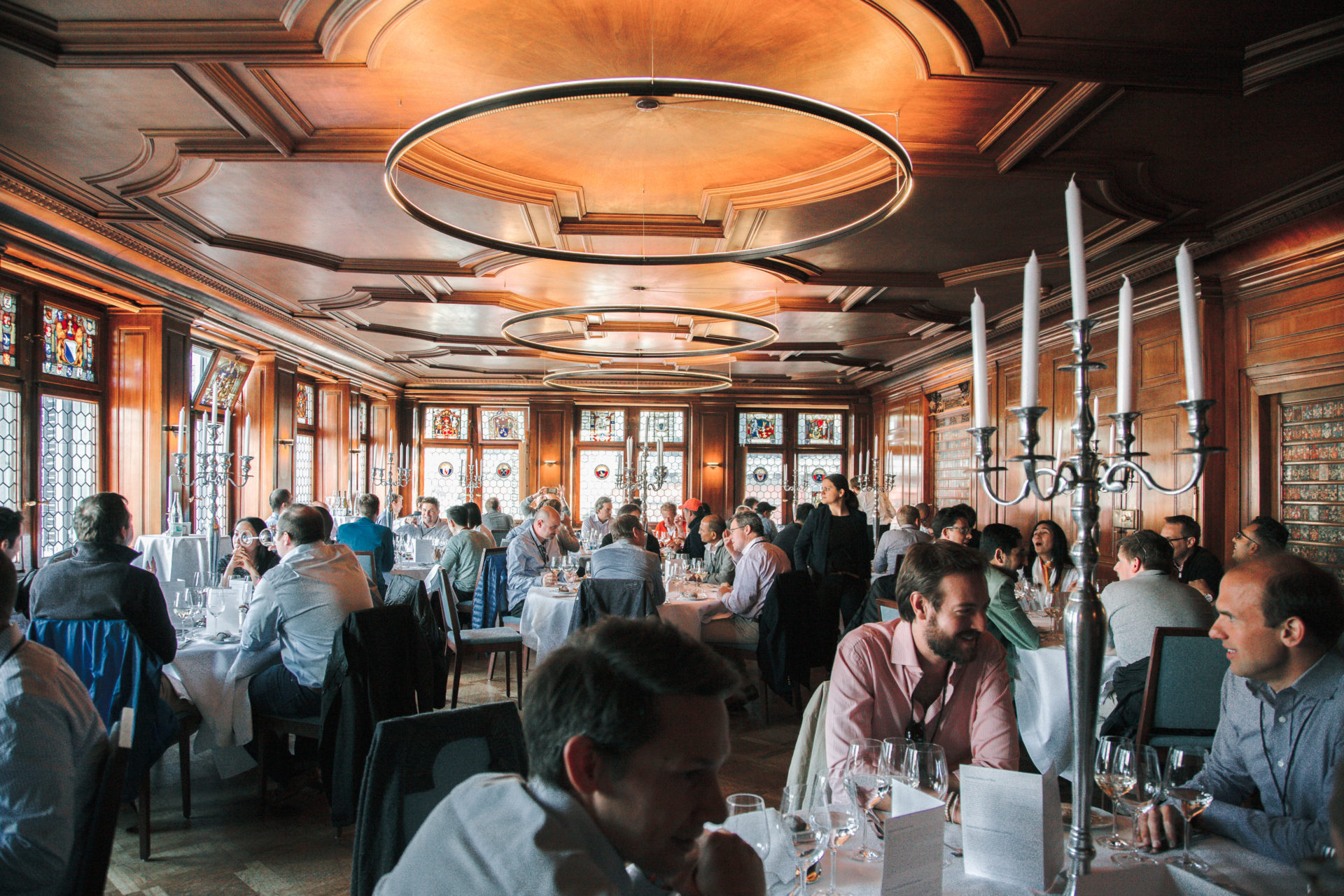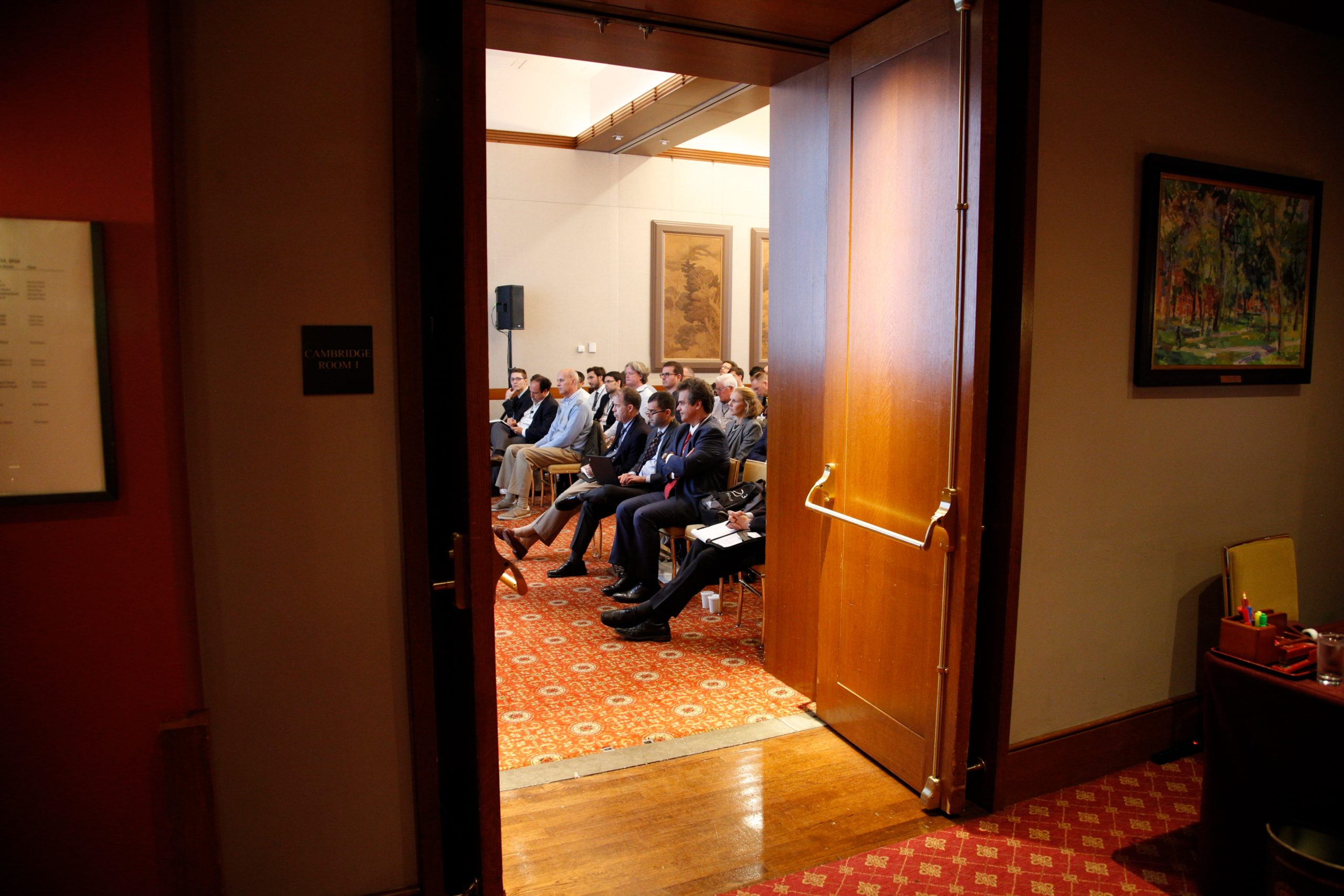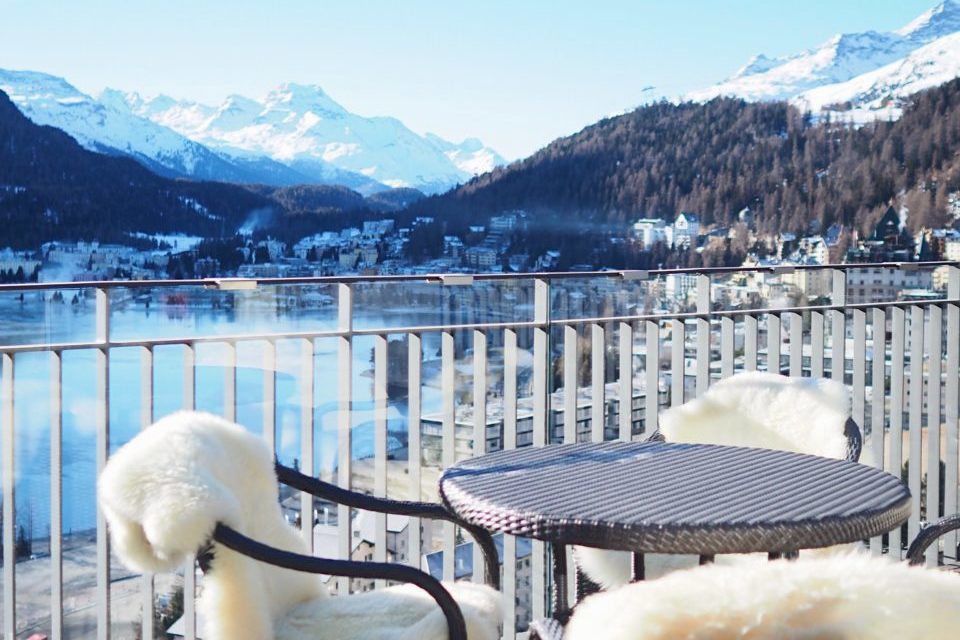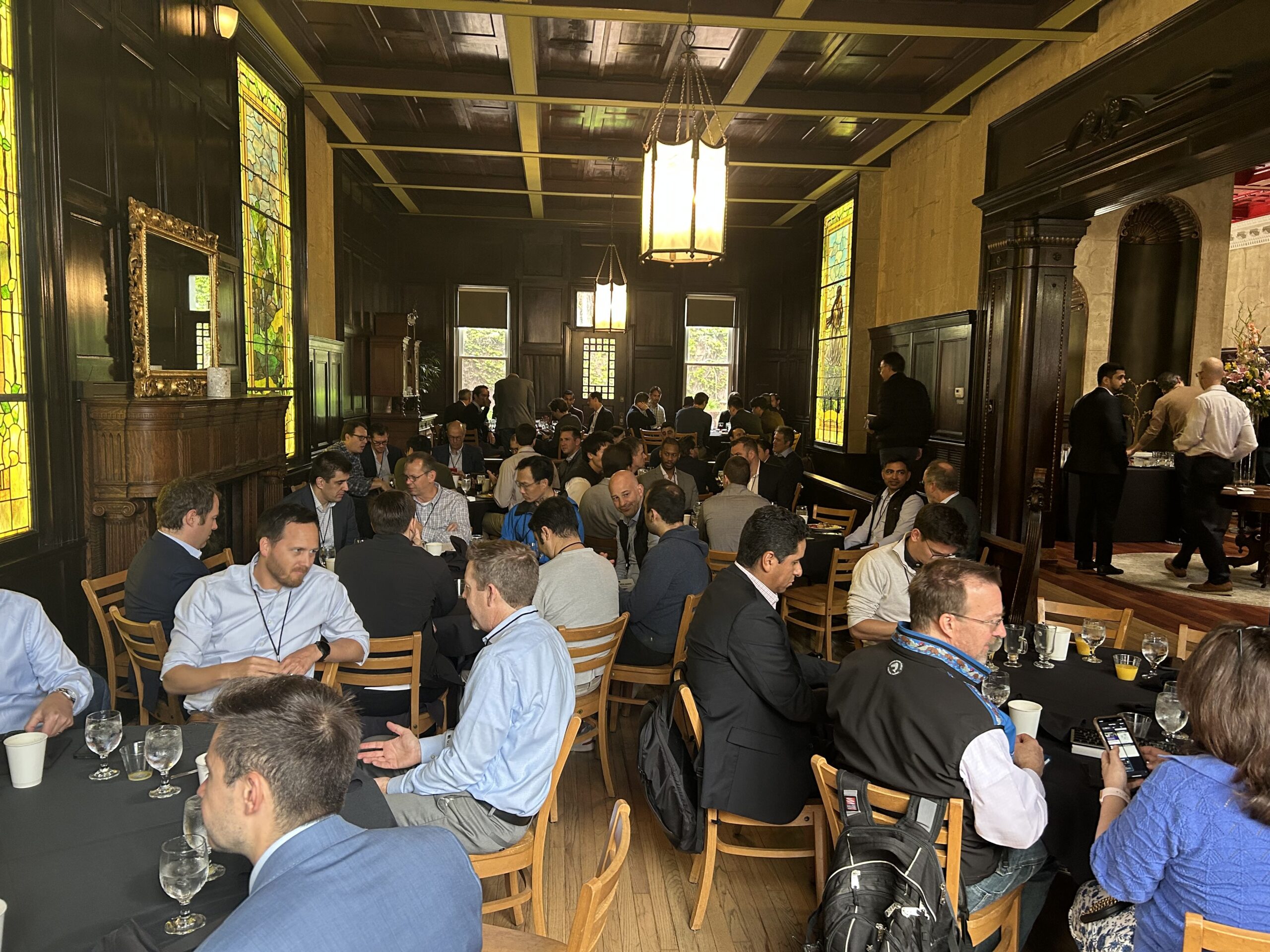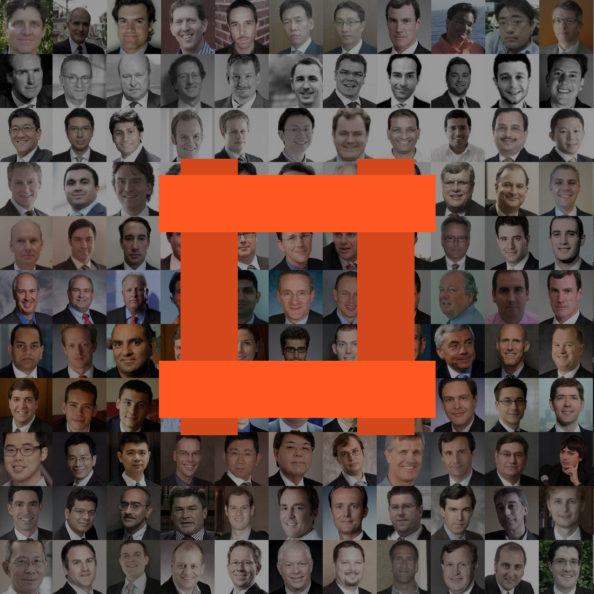Aswath Damodaran discussed his book, Investment Philosophies: Successful Strategies and the Investors Who Made Them Work, at MOI Global’s Meet-the-Author Forum. Professor Damodaran teaches corporate finance and valuation at the Stern School of Business at New York University.
Research director Alex Gilchrist hosts MOI Global’s Meet-the-Author Forum. The event brings together members and a select group of book authors in the pursuit of worldly wisdom. We are delighted to have an opportunity to inspire your reading.
The full session is available exclusively to members of MOI Global.
Members, log in below to access the full session.
Not a member?
Thank you for your interest. Please note that MOI Global is closed to new members at this time. If you would like to join the waiting list, complete the following form:
About the book:
Investment Philosophies covers different investment philosophies and reveal the beliefs that underlie each one, the evidence on whether the strategies that arise from the philosophy actually produce results, and what an investor needs to bring to the table to make the philosophy work.
The book covers a wealth of strategies including indexing, passive and activist value investing, growth investing, chart/technical analysis, market timing, arbitrage, and many more investment philosophies.
About the author:
Aswath Damodaran is Professor of Finance at the Stern School of Business at New York University. He teaches the corporate finance and equity valuation courses in the MBA program. He received his MBA and PhD from the University of California at Los Angeles. He has written several books on corporate finance, valuation, and portfolio management. He has been at NYU since 1986 and has received the Stern School of Business Excellence in Teaching Award (awarded by the graduating class) eight times. He was profiled in BusinessWeek as one of the top twelve business school professors in the United States in 1994 and was chosen the most popular business school professor in 2012.


